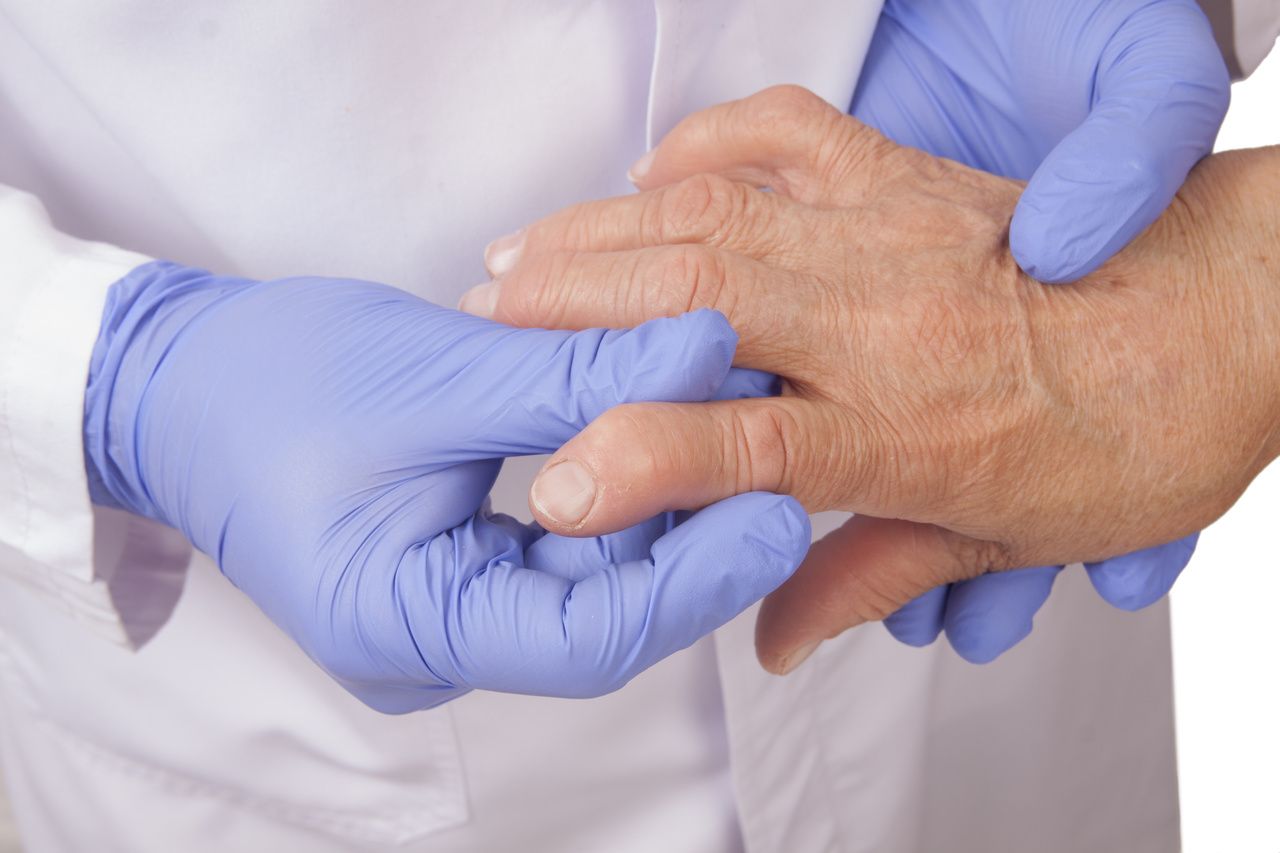Article
Study Investigates Role of Temperature in RA Activity
Author(s):
Previous studies have shown conflicting characteristic thermographic patterns of the feet in patients with active rheumatoid arthritis (RA). This study probed whether the thermal characteristics of the feet of patients in remission differ to those of healthy controls.
A recent study of patients in remission from rheumatoid arthritis (RA) suggested that that they display significantly higher temperatures than those without the disease.
Previous studies have shown conflicting characteristic thermographic patterns of the feet in patients with active RA. This study probed whether the thermal characteristics of the feet of RA patients in clinical and radiological remission differ to those of healthy controls.
The authors, writing in PLoS One, called the study “an important exercise, since it sets a baseline against which future studies exploring the effect of joint inflammation may be compared.”
The study compared thermographic patterns of 32 patients recruited from clinics in Malta. Thermal images of their feet were taken and temperatures in the medial, lateral, forefoot and heel regions were analyzed and compared with a cohort of more than 52 healthy adults.
While an independent samples T-test showed a significant difference in temperatures in all the regions of the forefoot between the 2 groups as well as in heel regions, there were no statistically significant differences using a 1-way ANOVA test.
However, the authors said the study has future implications for screening and management.
Remission in RA means that the disease is currently controlled without active inflammation, but does not mean “that RA is not present and that it cannot flare up again. What we are now saying is that these patients need continuous monitoring," said Nachi Chockalingam, co-author of the paper and the Director of the Centre for Biomechanics and Rehabilitation Technologies, Staffordshire University, in a statement.
The future use of thermal imaging could help spot flares and prevent progression, she said.





